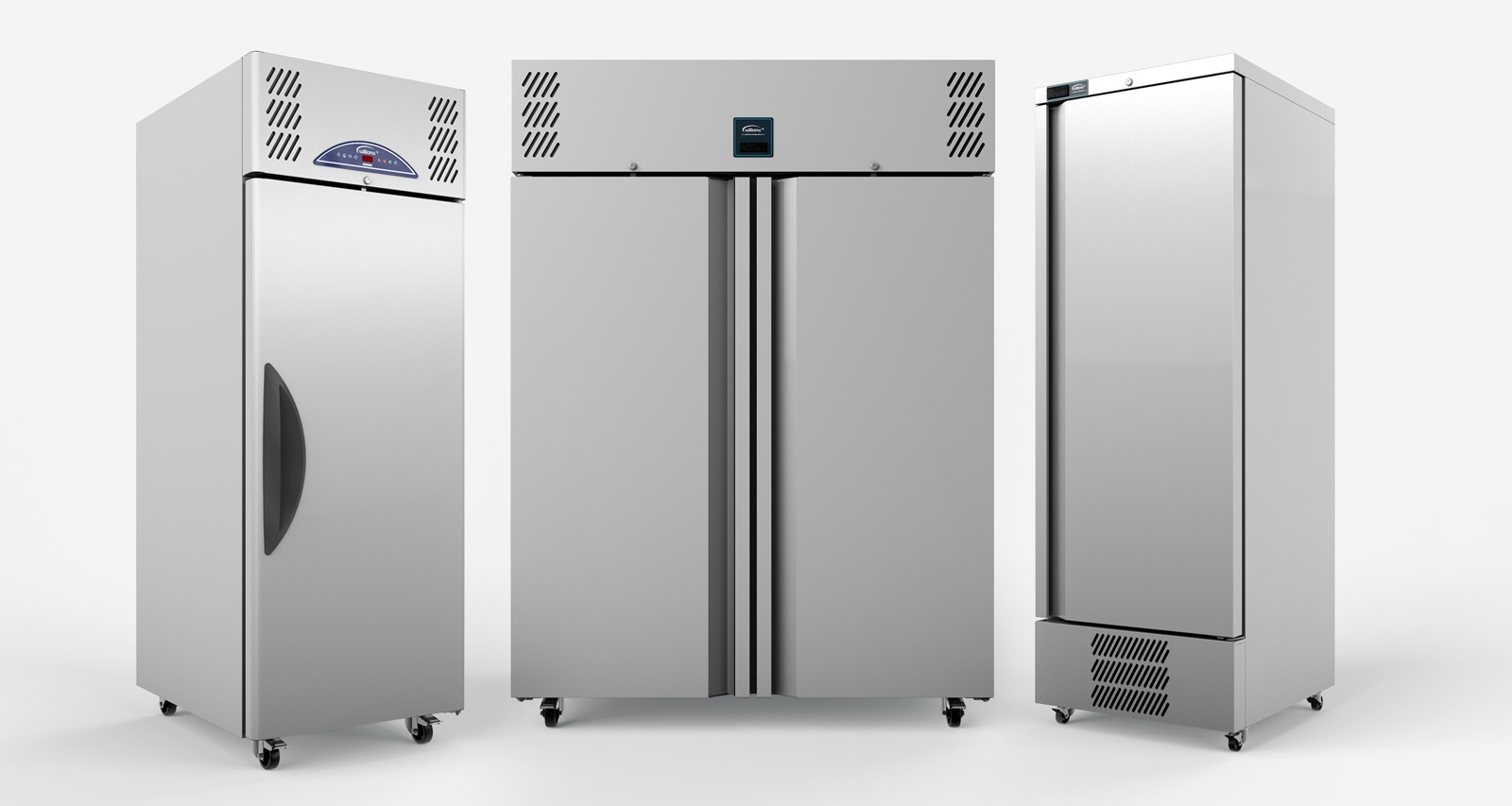Despite the increasing popularity of counter fridges, the upright cabinet is still the biggest seller in commercial refrigeration. There are plenty of ways to make your upright work more efficiently – and plenty of options when it comes to buying a more energy-efficient model.
Uprights come in a huge range of sizes – gastronorm, non-gastronorm, slimline, single door, double door, glass fronted, half door etc. The refrigeration system can be mounted on the top or the bottom. Gastronorm models are available in either narrow or wide formats, to fit the kitchen size. Typically single door upright cabinets range in capacity from 410 litres (like the Williams Amber A400) to 620 litres (such as the Garnet G1T and the Jade J1).
Key energy considerations
Food safety – the vital issue: there’s no point in buying a model that uses less energy but can’t keep the ingredients at the right temperature. So ask the supplier to confirm performance levels.
Half doors: having two half-doors rather than one full door will save energy – because when you open a door, only half the interior is exposed to the ambient air.
Intelligent controllers: these monitor usage and reduce energy consumption in quiet periods, such as overnight. Williams’ CoolSmart Controllers minimise energy use through managing processes such as fan and heater pulsing, intelligent defrost and independent management of evaporator and condenser fans.
Intelligent defrost: ensures the evaporator works more efficiently
Evaporator fans: Using the best components such as evaporator fans will improve heat rejection for greater efficiency and reduced energy consumption
Removable pod refrigeration system: this will improve the efficiency of the kitchen. If there is a breakdown, the engineer can simply pull out the refrigeration system pod, replace it with a working one, and take the faulty unit away to service, without disrupting the kitchen.
Self-closing doors: it’s all too easy for staff to leave a door open, which is an absolute no-no in terms of reducing energy consumption. Make sure your cabinet has self-closing doors.
High performance insulation: the better the insulation, the more thermally efficient the cabinet will be. In other words, it will maintain temperature more easily, so the refrigeration system will need to work less hard, saving energy.
Alternative refrigerants: Hydrocarbons (HC) are naturally occurring, highly efficient refrigerant gasses which have almost no negative impact on the environment. Its thermodynamic properties are so superior that it reduces energy consumption by up to 15% compared to standard refrigerants.
However, check that the refrigerant charge is below the 150gm threshold, or there could be health and safety issues to consider.
